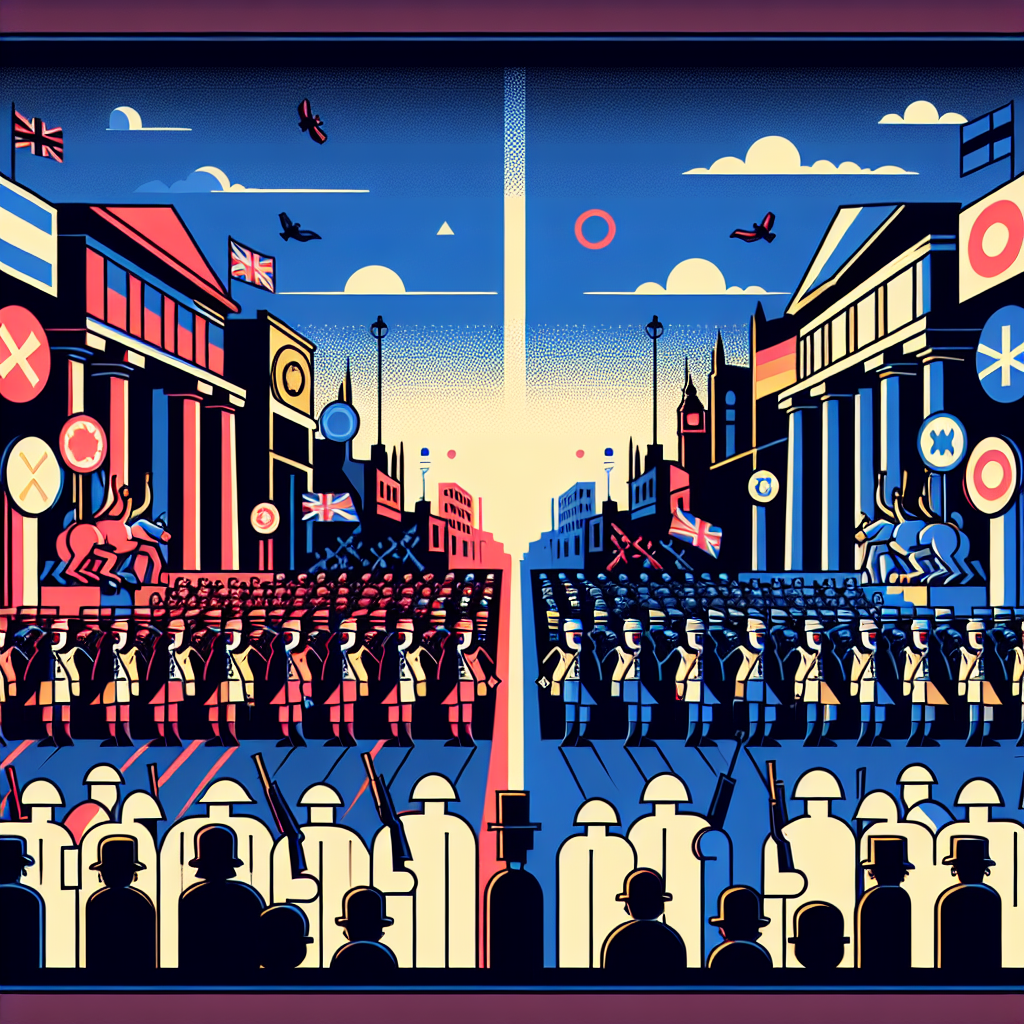Sweida Tensions and Ceasefire: A Test for Interim Syrian Leadership
After intense clashes in Sweida, involving government and Bedouin fighters, a cautious calm returned as a US-mediated ceasefire took effect. However, humanitarian needs are urgent, with shortages of water and electricity, and widespread destruction persisting. President Sharaa faces challenges in restoring stability amid sectarian tensions and external pressures.

Calm descended on Sweida following recent tensions as Bedouin fighters retired from the city on Sunday, according to local sources. The government, led by interim President Ahmed al-Sharaa, began implementing a ceasefire while under scrutiny for their handling of the escalating conflict.
The ceasefire, mediated by US envoy Tom Barrack, hints at potential stability if grounded by a negotiated prisoner exchange. Despite this progress, Sweida's residents continue facing severe humanitarian challenges, including shortages of water, electricity, and medical services.
Allegations of grave human rights violations by Syrian troops fueled unrest, while Israeli military actions in support of the Druze further complicated the situation. The humanitarian and political pressures on President Sharaa underscore the delicate balance required to achieve lasting peace.
(With inputs from agencies.)
ALSO READ
Marseille Wildfire Under Control: Residents Cautioned as Fighting Continues
Scandal Unfolds: Philippine Cockfighting Fans Abduction Plot
Tension Escalates: Druze Clashes Amidst Syrian Turmoil
Sectarian Violence Erupts in Syria's Druze Stronghold: A Worrying Trend
Unraveling Tensions: Clashes Between Druze and Bedouin Tribes in Syria










